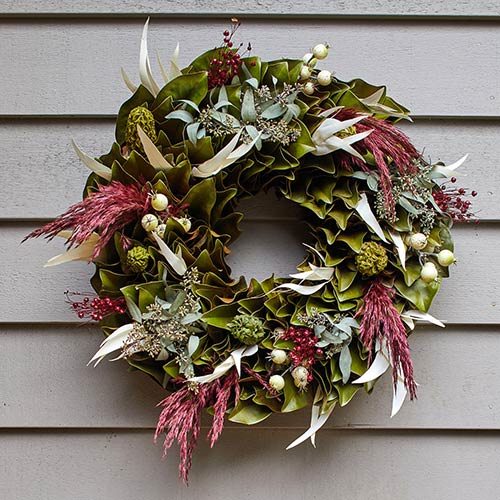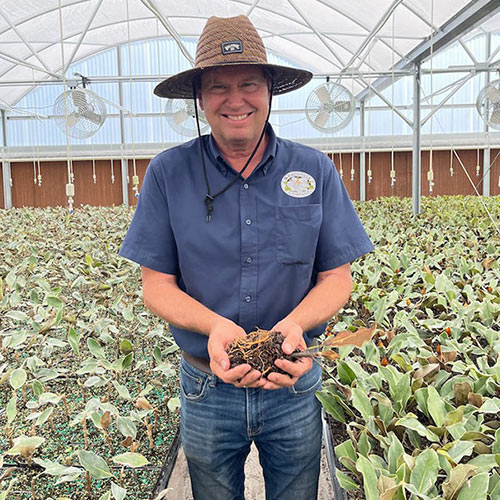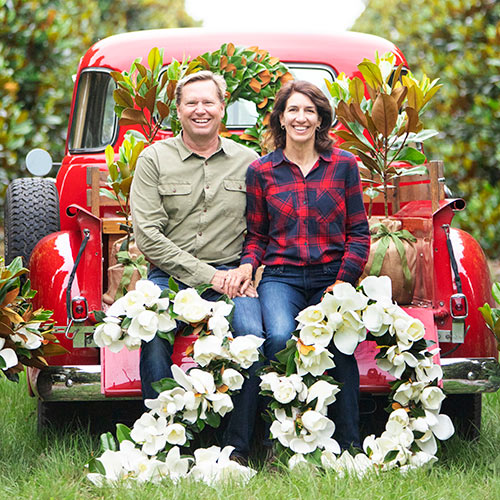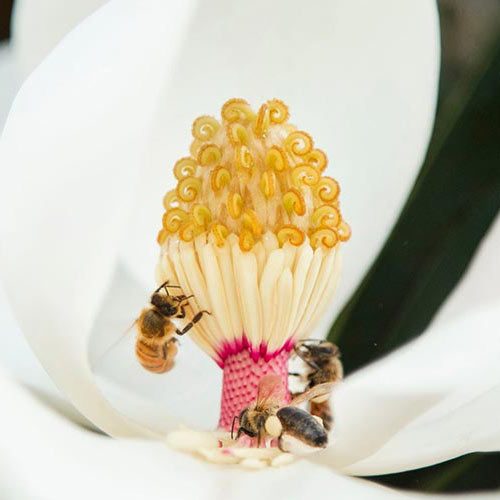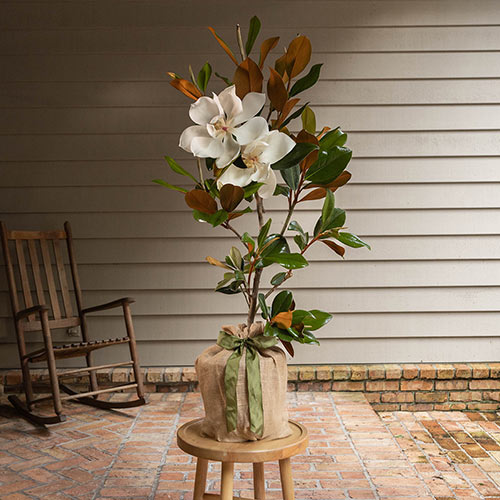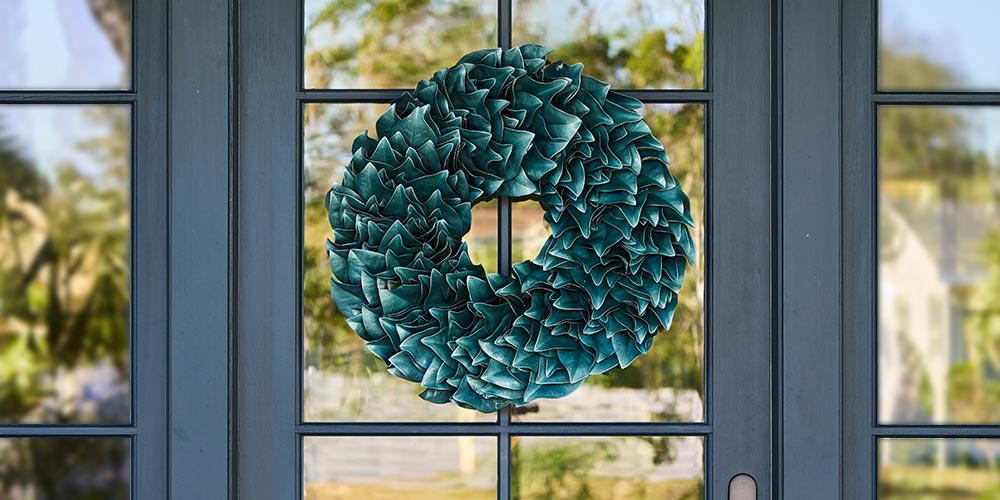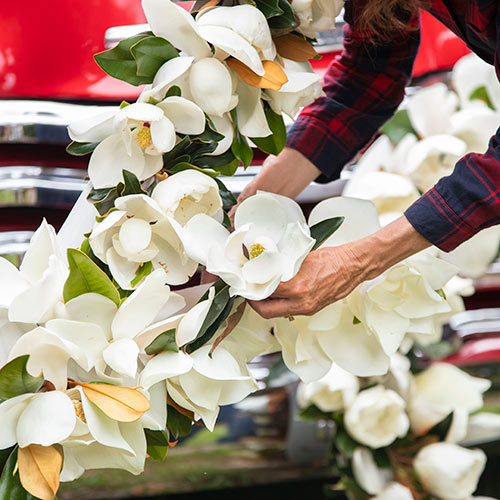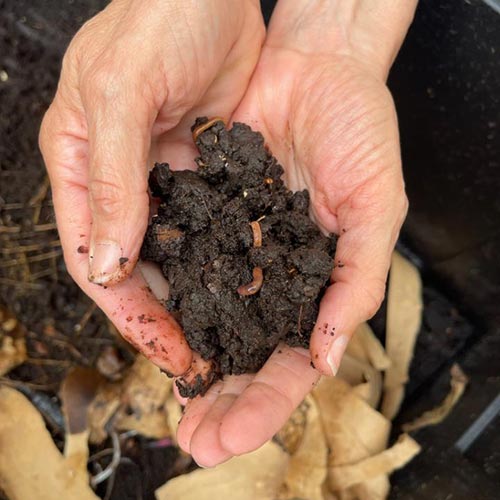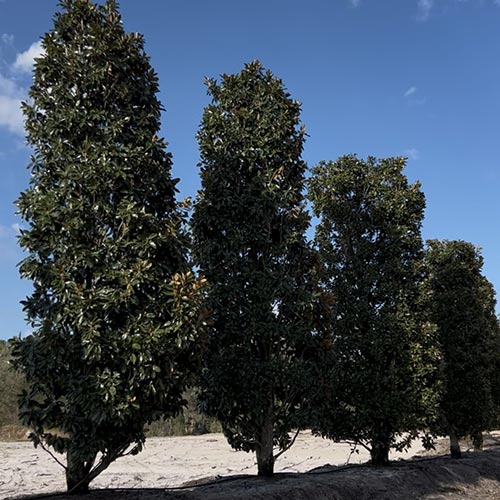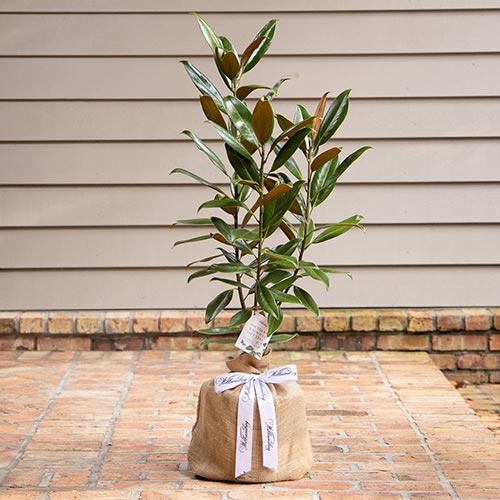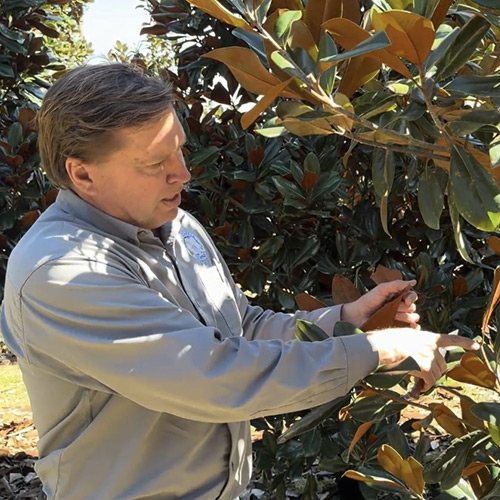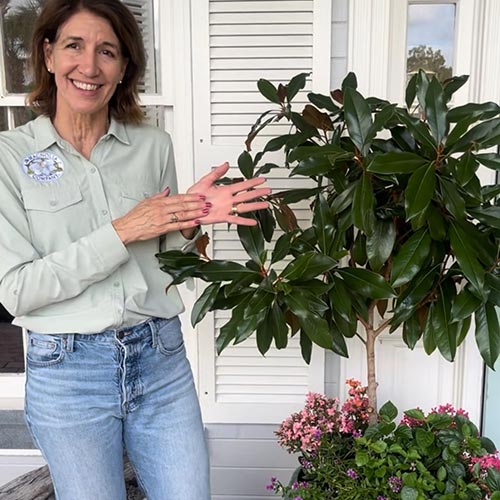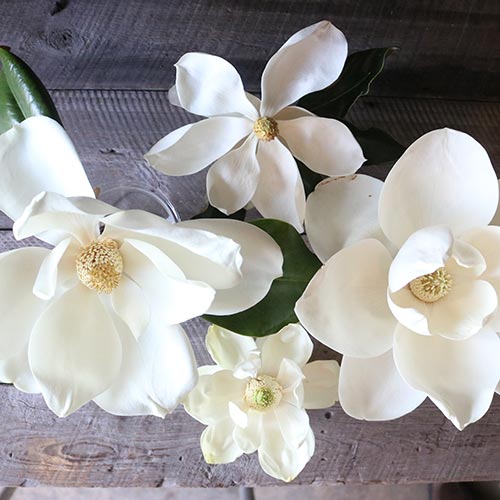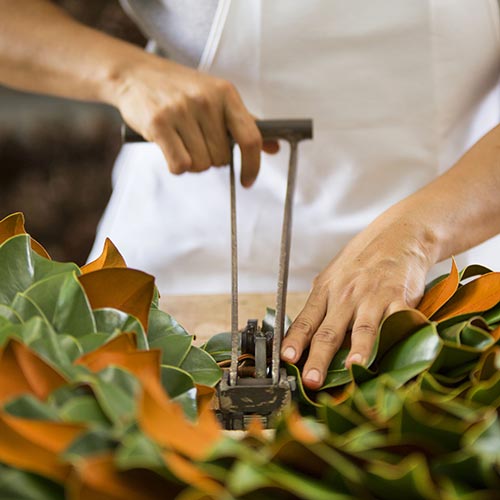Reduce, Reuse, Recycle: Water Conservation, One Drop at a Time
February 29th, 2024
Reduce, reuse, recycle.
Conservation.
Sustainability.
Carbon footprint.
It’s no secret: our world is changing, and a lot of that change is on us.
So, how do you run an agribusiness? What do we owe to the environment? What is our responsibility?
“Water is something we all take for granted.”
Julie and Matt Roth, the founders of The Magnolia Company, grew up in Central Florida
and met in college. They’ve stayed together ever since, and it’s clear why. They’re two
halves of a whole who adore nature, their family, and have the biggest hearts (both for
each other and the world). All of this – their family, their farms, their community – is what
makes this part of Florida home for them.
“I grew up on it [the water] – the shore break and surfing,” says Matt. “I can see the changes to our Springs and shoreline along the St. Johns River. They used to be covered in eelgrass. No one can explain why it’s gone, but it’s such a finely balanced ecosystem. Our man-made changes have really affected them. I remember wade fishing with Julie’s dad for bass. And much of that eelgrass has disappeared with no answers as to why.”
As locals, natives, and our favorite tree huggers, Julie and Matt have had a front-row seat to witnessing the changing of Florida’s ecosystems over the years. It’s heartbreaking, and it’s a huge motivating factor for their extensive efforts at sustainability.
Real Impacts
Can you imagine a gallon of water? The weight of it, the space it takes up, how long it would take you to drink it?
What about 5 gallons? 10? 100? A million?
It’s a hard thing to wrap your head around, especially if you’re only used to thinking about water in terms of 20 ounce plastic bottles.
Of course, we need water to grow crops and we have made the investments to protect our water resource. When I graduated from High School there were 9,000,000 people living in Florida. But today we have almost 23,000,000 residents and it’s projected to go much higher. Much of this development has had huge impacts on our water resource. The water we use comes from a few sources, like underground aquifer and surface ponds. In theory, these are great resources for fresh water.
Aquifers collect groundwater over long periods of time, and those pockets can be tapped into as a resource. However, like all containers of water, it’s not an infinite pocket. The freshwater sits on top of a layer of dense saltwater. As the water levels in the aquifer get lower, the salinity of the water increases as it pushes up into the freshwater aquifer. Scientists are measuring higher and higher traces of salinity in the water from those aquifers, telling us we have a problem.
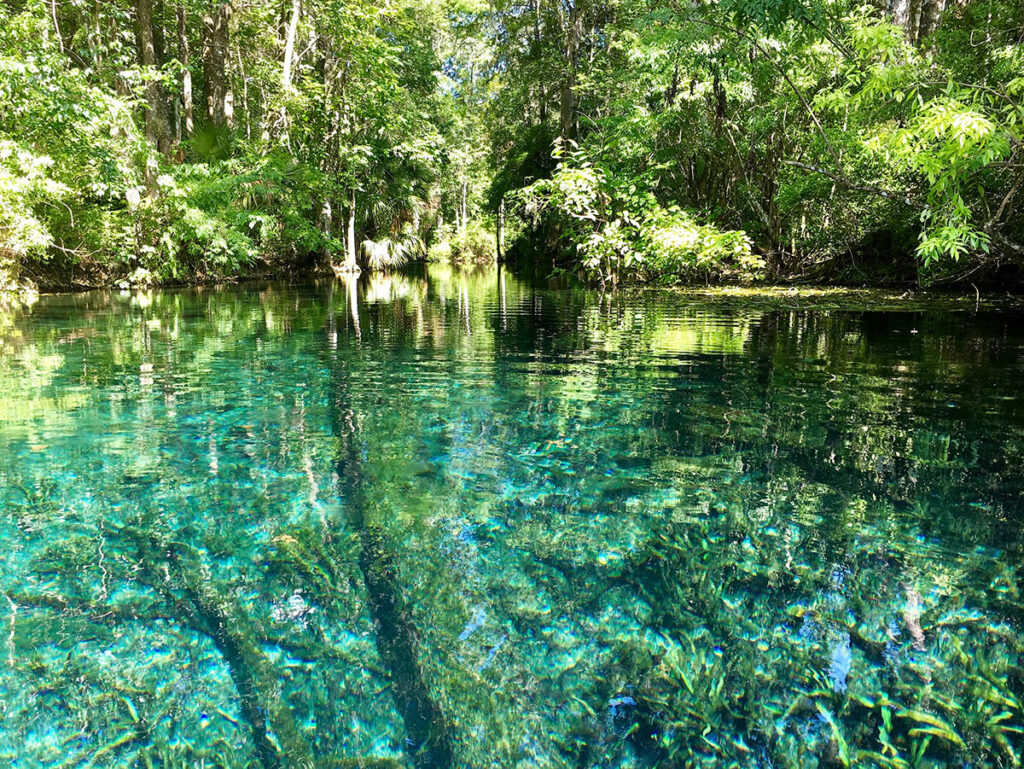
We also have concerns about the springs, which are home to many native plant and wildlife species. Manatees seek refuge from cold ocean temperatures in Florida springs, and as water companies step in to take water from these springs, their already limited habitat space shrinks.
Making Real Changes
Our desire to conserve and protect our aquifer led us to a partnership with the Florida Department of Agriculture and Consumer Services (FDACS) and the St. John Water District (SJWD).
Since 2020, Matt, FDACS, and the SJWD have undertaken a massive project: installing a water reclaiming and recycling system in the farm. Matt never guessed it’d take four years, but because of COVID, the project faced delays, materials shortages, and skyrocketed expenses. It took much more time than originally planned.
Thankfully the large project was cost-shared across the organizations, but that doesn’t make it any smaller of an operation.
The project in its entirety resulted in the installation of 9 miles of irrigation pipe, a 2-acre
collection pond for water, rain collection, and of course, the drain tile for routing the runoff. It’s one of the largest undertakings Matt’s ever done (and that says something). Every part of this project – mechanical and human – is top-of-the-line. Top engineers, parts, scientists, the works. And it’s worth every penny.
Rainwater and runoff gets collected by the drain tiles. The water and nutrients are routed into the collection pond, where an electric pump sends the water back through the irrigation piping to be reused. The cycle repeats.
The project is nearing completion. The final step is to get the irrigation pump up and running, and Matt estimates it will be done and ready to be turned on at the start of March.
“We’ve been growing Magnolia trees for the past 25 years. Now I feel like whoever will be the steward of this property after Julie and I will have a head start in conserving our water resources.”
Water conservation isn’t just a buzzword.
Taking the time, money, effort, and consideration to undergo a renovation like this isn’t just a cute gesture or passing thought. It’s real, its significant, and we hope to be able to share this project with others so that they can see it as something possible for them also.
Recent Articles
